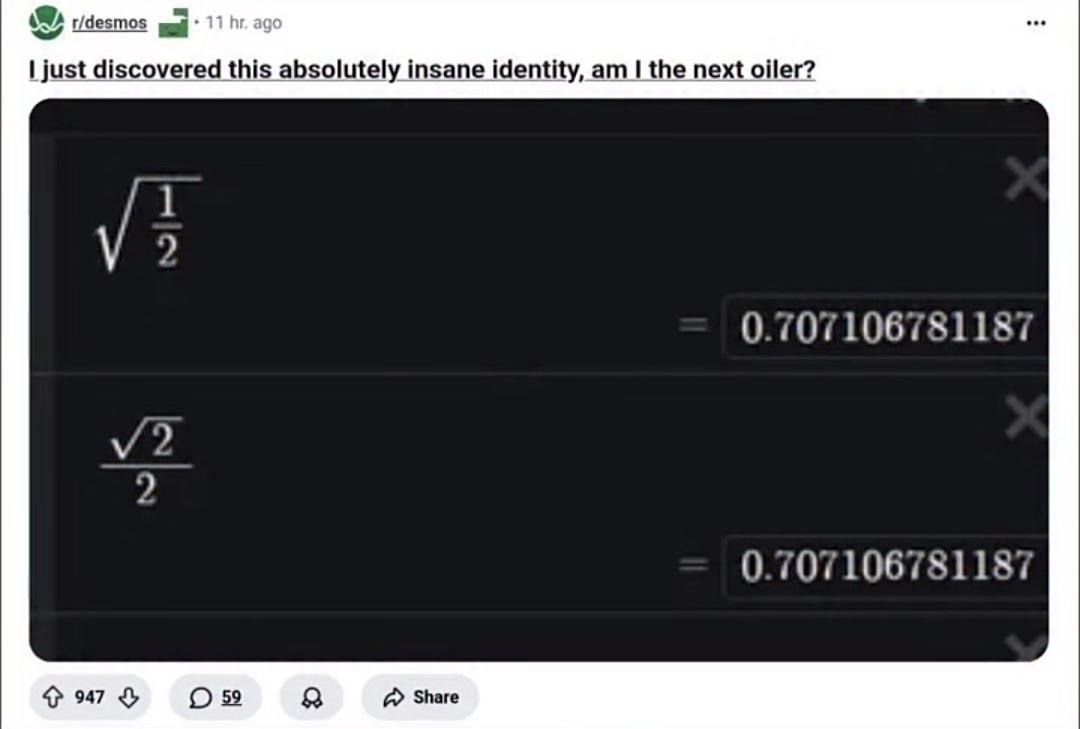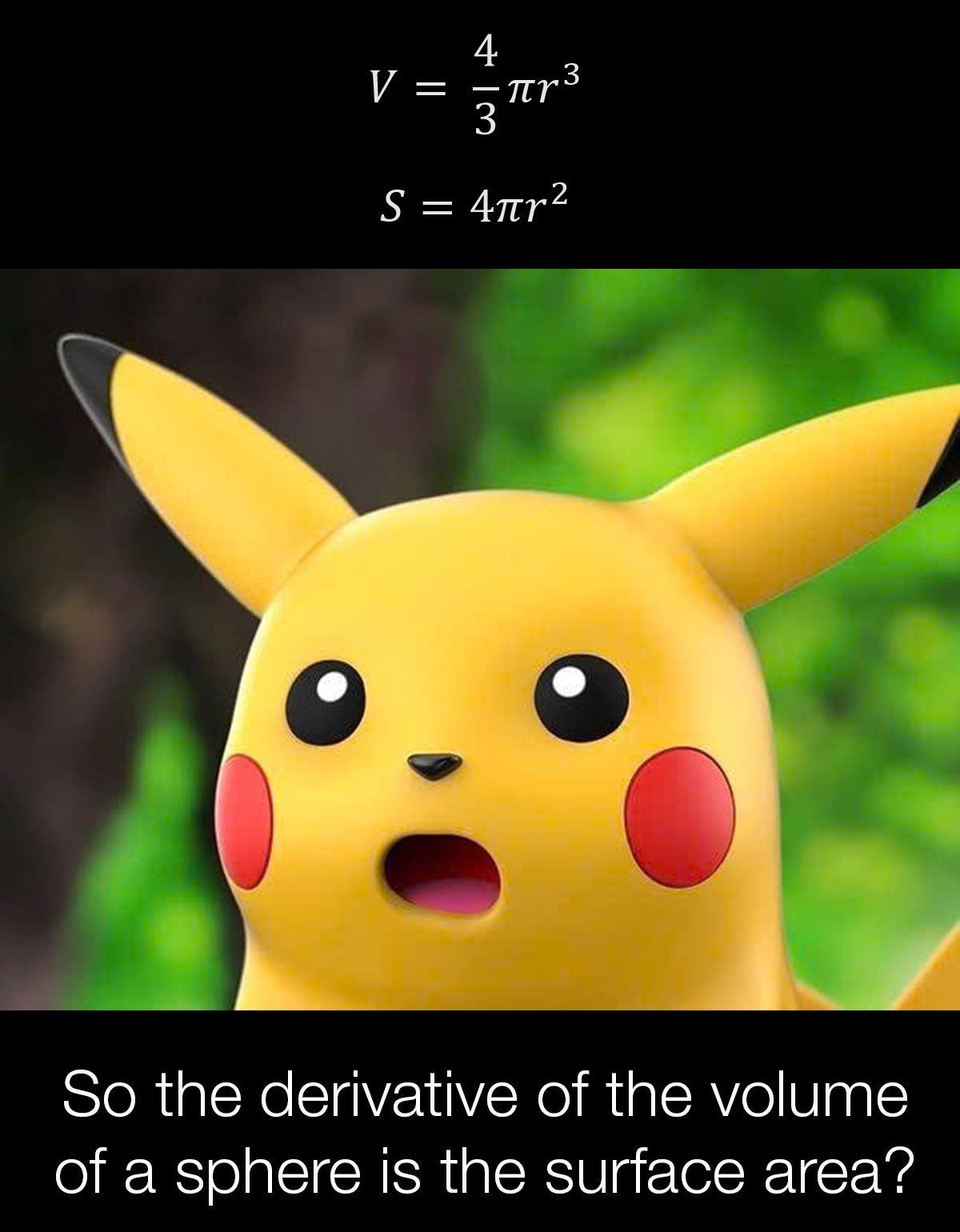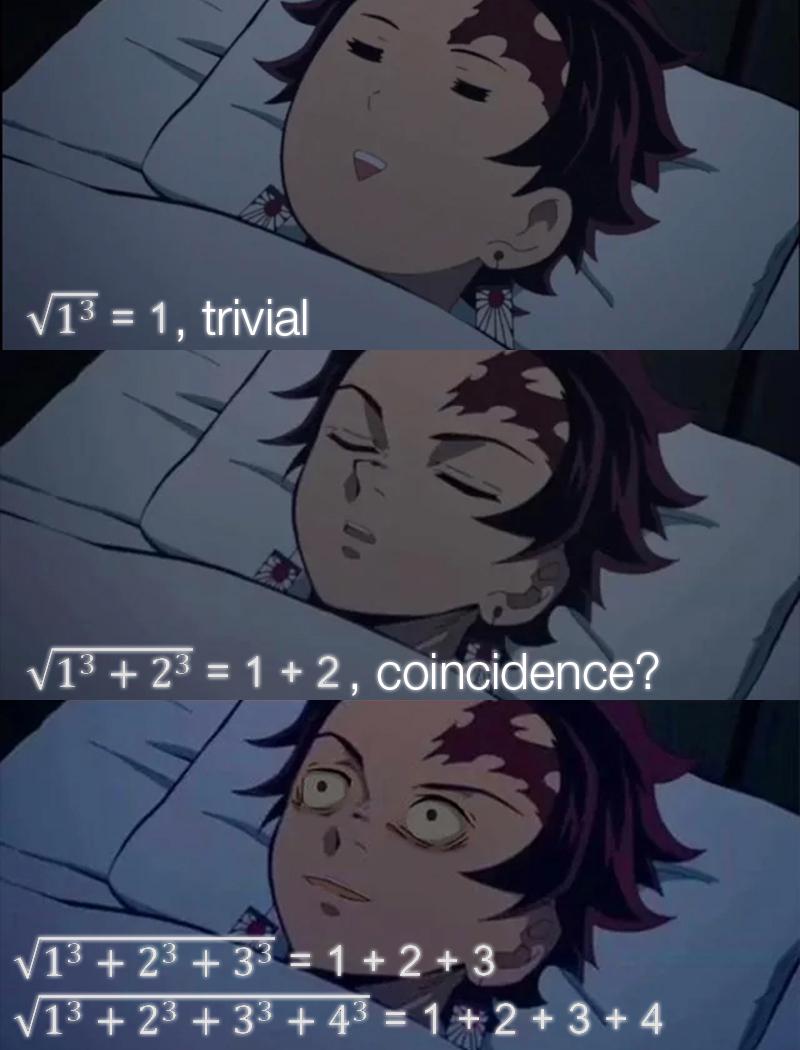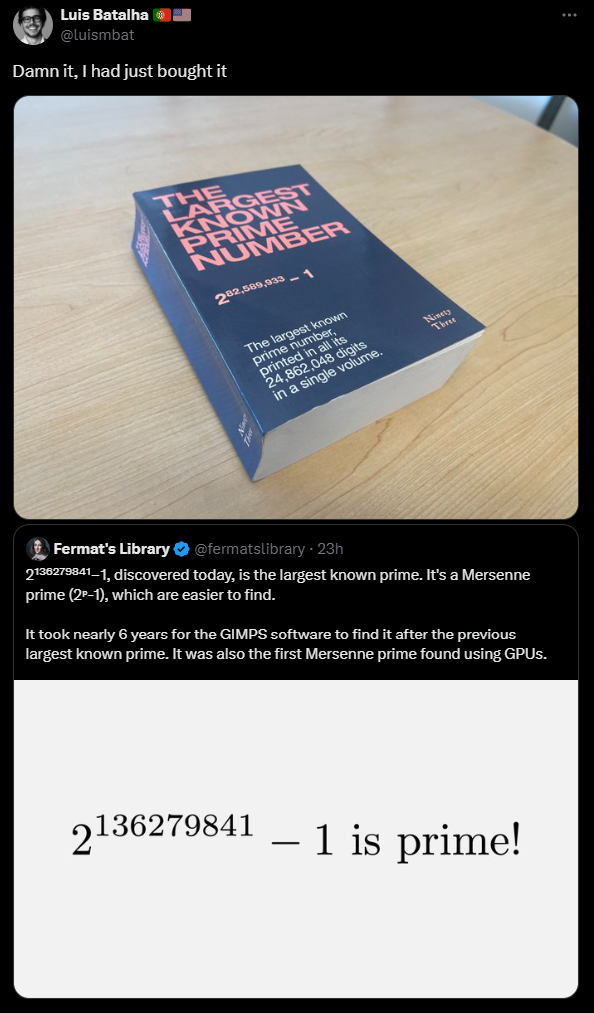Leonhard Euler, the mathematical savage who casually dropped more formulas than most of us will ever understand, throwing shade from beyond the grave! The man contributed to practically every field of mathematics—complex analysis, graph theory, number theory—you name it. That smug little smirk says it all. Trying to publish your "groundbreaking" math paper? Euler's ghost is already laughing because he probably scribbled that same idea while half asleep in the 1700s. The ultimate mathematical hipster: "I solved that before it was cool."


 Academia
Academia
 Ai
Ai
 Astronomy
Astronomy
 Biology
Biology
 Chemistry
Chemistry
 Climate
Climate
 Conspiracy
Conspiracy
 Earth-science
Earth-science
 Engineering
Engineering
 Evolution
Evolution
 Geology
Geology










